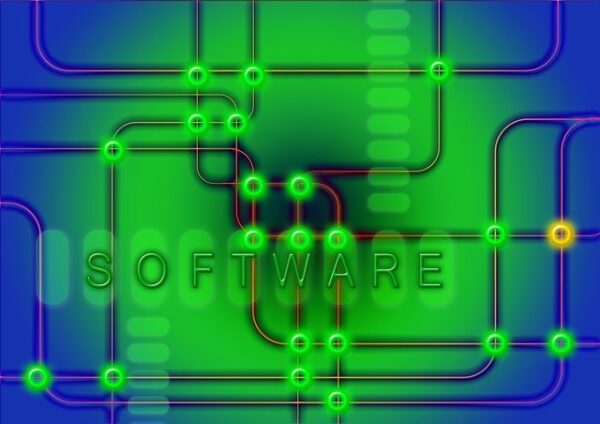A software downgrade is a process of moving from a more recent software version to an older one. Not many people do this, as upgrades are usually meant to introduce new features, improve device performance, and enhance the software’s utility.
That is not to say upgrades will always be better than their predecessors, though. Sometimes, things fail to work out, and the user is forced to go back to the old version or downgrade to a different old software version. In what cases would this be necessary? Read on for reasons to perform a software downgrade on your device.
Incompatibility issues
Lack of support for certain applications is one of the main reasons people downgrade software. For example, the new macOS 11 does not support 32-bit applications. This forces people to downgrade from Big Sur to Catalina or other older macOS version to continue using their 32-bit applications. To avoid the hassle of upgrading and then downgrading software, ensure you know what it can support and what it can’t before making the switch.
Memory issues
Newer software versions are typically larger than their predecessors, and lack of storage space can make it impossible to perform a successful upgrade. Sometimes you are able to upgrade your software, but you’re left with too little space to add any applications or media files. Big Sur, for instance, requires 32GB of free space to install. If you don’t have that, your options are to avoid the upgrade or get rid of some of your files and applications to create space.
Attachment
Most people find it difficult to learn their way around a newer software version, not necessarily because it is complicated, but because they are attached to an older version. Businesses may also choose to go back to older PC software versions because employees are struggling to navigate a new installation. There is nothing wrong with downgrading for this reason as long as you are not forfeiting better features or jeopardizing the security of your personal or business data.
Annoying update alerts
Since software upgrades update each of the default applications, it may take some time before your whole system is updated. These update requests can be annoying, especially if you are using your device for business or studies. Software providers are always making tweaks to features on their new releases, usually in response to user requests.
System failure
Software manufacturers often build updates with new computers and processors in mind. If you have an old computer or smartphone, you may face incompatibility issues, with some features behaving abnormally or failing to run. Your device may also run slowly or keep giving you error alerts. When any of these is the case, and you are not willing to replace your computer, downgrading to an older software version might be the best option for you.
Endnote
Downgrading device software is not always the wisest idea, but if you are facing any of the above issues, it might be understandable. Ensure you have a decent understanding of a software version before installing it on your device to avoid time-consuming and potentially costly U-turns.

